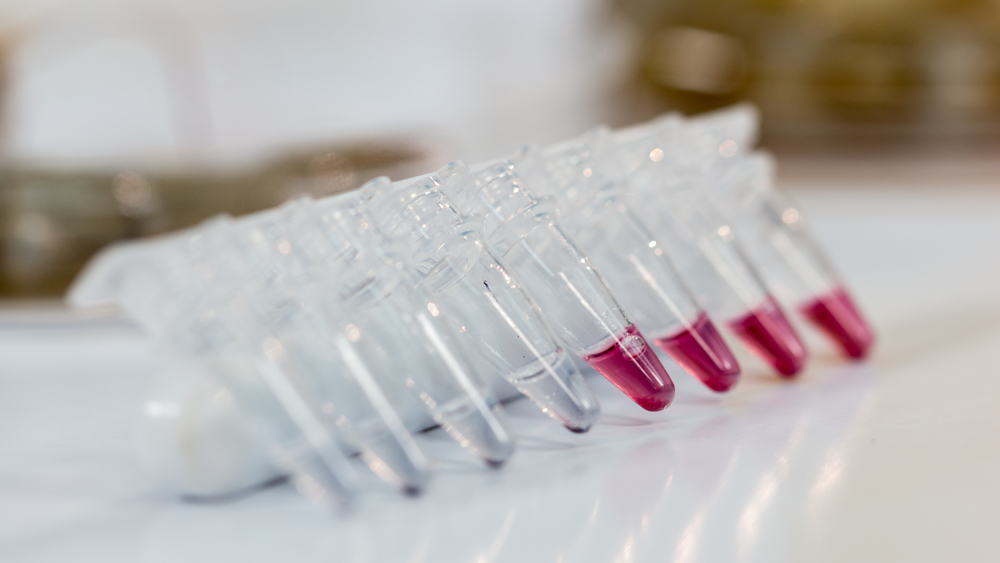Originally posted on November 8, 2019, this post has been updated for accuracy and relevancy.
In most scientific industries, data is the primary incentive governing everyday work. Therefore, labs use complex, expensive equipment to produce reliable readings. Of course, many scientists affirm that science is only as good as the tools of the scientist. As a result, if you don’t calibrate your tools, you’ll seriously compromise your work.
Keeping your instruments in good condition is crucial. Additionally, maintaining even equipment that doesn’t measure data, like freezers and refrigerators, is essential. However, producing reliable data is of the highest importance. Therefore, we rely on fields like medicine (and others) to deliver measurements that are precise and accurate.
That’s where calibration comes in. Calibration is the process of evaluating and adjusting equipment in order to ensure total precision and accuracy. Everyone within a lab setting should be familiar with equipment calibration.
Below, you’ll find a guide on calibrating your instruments and a breakdown of its unique importance.
Identify the Instruments to be Calibrated
Lab instruments that require regular calibration are the ones that weigh, count or measure. Mostly, this means pipettes, scales and balances, centrifuges or pH meters.
Basically, your equipment that produces data should receive regular calibration.
So, how do you know which instruments need calibration and when? First, begin by checking the manufacturer’s recommendations. Most will recommend calibration by a certified professional. Finding a professional calibration service is ultimately the most cost-efficient and advisable way to make sure it’s done right.
Always, always, always have your instruments calibrated right after any kind of mechanical mishap, shock or damage. Additionally, any abnormality should be reported right away. Even if there’s no immediate, visible signs of damage, your equipment could begin producing inaccurate results. And it might not happen right away. Calibration will not only refine your results, but also confirm whether or not the equipment needs repair or replacement.
Another way to know when to calibrate your instruments is to keep a documented schedule. By scheduling periodic calibration based on manufacturer recommendations, you’ll keep your equipment in the best possible shape. You’ll also be keeping your lab as cost-efficient as possible.
Schedule & Plan Your Calibration
Labs have a few different ways of calibrating their instruments. Basically, it depends on the equipment and the manufacturer. It’s critical to understand your machinery. Therefore, reading the instruction manual in full is the best way to understand it.
Reliable calibration services use test and measurement tool certified to NIST traceable standards (more on that shortly)! Additionally, we provide complete documentation for each instrument; and our calibration methods and reports meet FDA and ISO 9000 requirements.
Traceability & Its Importance
Traceability is a common term when researching equipment calibration. In fact, it’s an essential variable of calibration.
NIST (National Institute of Standards and Technology) Traceable Calibration is a program that verifies a lab or equipment provider is certified to calibrate equipment to their standards. Basically, NIST ensures that the products provided by manufacturers meet their equipment standards.
NIST traceability is critical to proper quality assurance. Traceability is defined by NIST as “property of the result of a measurement or the value of a standard whereby it can be related to stated references, usually national or international standards, through an unbroken chain of comparisons all having stated uncertainties.”
All of your equipment should be calibrated to NIST traceability standards. Whether it’s your employees or a professional calibration service like Cryostar, verifying traceability is critical to proper calibration.
The Benefits of Regular Equipment Calibration
All measuring equipment begins to degrade over time. Sometimes it’s from production defects, but mostly it’s average wear and tear. And when it starts to degrade, accuracy begins to decline.
Ultimately, you want your data to be reliable and accurate. Calibrated equipment will help you to produce high-quality, traceable results. Also, regular calibration will save you a lot of time, money and stress.
Instruments that aren’t calibrated regularly will lead to unnecessary expenses in the future. They’ll continue to produce unreliable, inaccurate readings for a long time before you even notice. In addition, they can be abruptly damaged beyond repair, which often occurs with CO2 incubators. To avoid providing clients with incorrect information or replacement costs, simply calibrate your equipment.
Conclusion
If your lab relies on producing data, calibration is a must. It will save you time, money, stress and even help to keep your lab eco-friendly.
Whether it’s through equipment rental, repairs or calibration, we’ve maintained a steadfast respect for the scientific community. And we understand exactly how many factors must be refined in order to keep your lab running efficiently.
If you have any questions about our company, services, repairs or contracts, Kindly Call us directly or complete the form below. Our staff will contact you immediately.

| Call for Immediate Lab Services |
|---|
| Long Island, Nassau & Suffolk County Call: 516-333-4006 |
| The Bronx, Manhattan, Brooklyn, Queens, & Staten Island Call: 718-885-0833 |
| Albany & Southern New York State Call: 800-564-5513 |
| Piscataway, Northern & Central New Jersey Call: 800-564-5513 |
| Danbury Connecticut & Surrounding Areas Call: 203-748-7343 |
24/7 Emergency ServiceCall: 1-800-564-5513 |